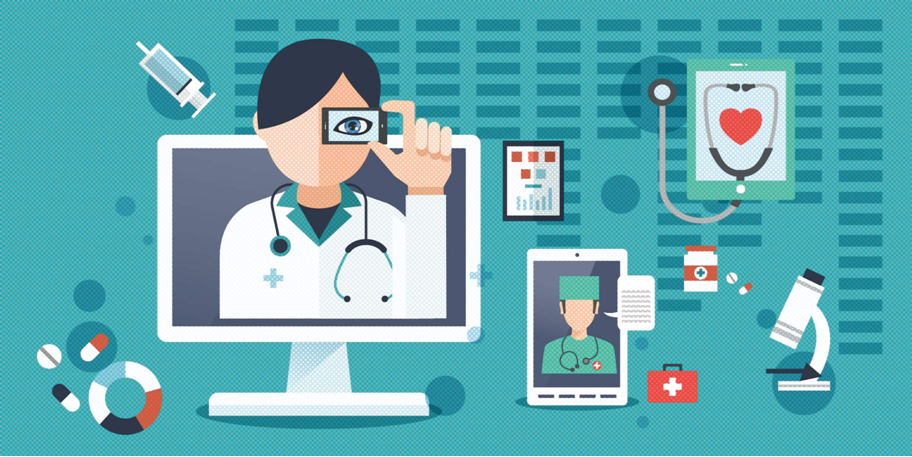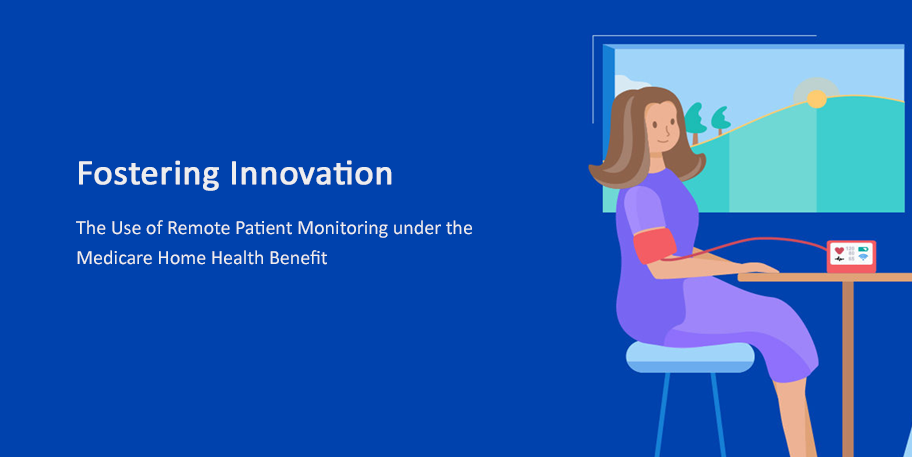“Old is gold.”
The solution involved wearing a bracelet or a necklace containing a unique ID. If the wearer of the bracelet or necklace finds themselves in an emergency situation, first responders, such as a paramedic, could use their ID to contact MedicAlert’s call center in order to retrieve the wearer’s particular medical history and other important information that help them assist the person.

The image shows how the MedicAlert system works.
How are MedicAlert ID Bracelets Outdated?
- MedicAlert is an “Out of Sight, Out of Mind” approach. ID bracelets run the risk of being hidden behind clothing and not getting noticed when they’re needed most–in an emergency situation. Which brings us to the second reason…
- MedicAlert’s wristbands and necklaces are non-electronic devices in today’s world of wearables. Since first responders must be able to quickly notice the ID in order to get the information they need, hard-to-see ID bracelets present opportunities for mishaps. Wearables remove that risk by making the information immediately available after the emergency occurs.
- Precious time is lost in trying to retrieve the wearer’s information. After arriving to help the person in the emergency, if responders notice their ID bracelet, they still need to call MedicAlert and talk to an operator in order to obtain the person’s medical history and record. This takes time away from attending the person in need.
A New Solution: The New Medical ID Tag System
Today, there have been advancements in technology that have enabled us to create a more efficient system for medical emergencies.
We have now moved on from the old ID bracelets to the new Medical ID Tag System. This system uses electronic RF devices, the power of the crowd technology, crowd GPS, and smartphones to create a powerful and instantaneous response method.
An ideal Medical ID Tag has the following important attributes:
- A small and discreet lower power RFID generating device. This enables first responders on site to automatically detect if the person in need for care has a Medical ID tag.
- Uinque RF ID enables both law enforcement officers and volunteers to assist people in emergencies, such as in search and rescue of a missing person, using the GPS on their smart phones. This is helpful because it expands the network of possible first responders from law enforcement and paramedics (first responders) to the entire smartphone-carrying community. This is also known as the Power of the Crowd.
- Enables law enforcement professionals to use a corresponding smartphone app to automatically bring up the person’s medical history. This saves valuable time and eliminates the risk of having responders miss key information.
The Medical ID Tag system is a new solution that is slowly gaining momentum. Sanjay Chadha of Safety Labs envisions it to be put to use best in providing protection for wander-prone people, such as those with Dementia or children with Autism. Safety Anchor uses the new ID system, along with tools like the Power of the Crowd to bring wandering protection, overall safety, and a peace of mind to family members.






